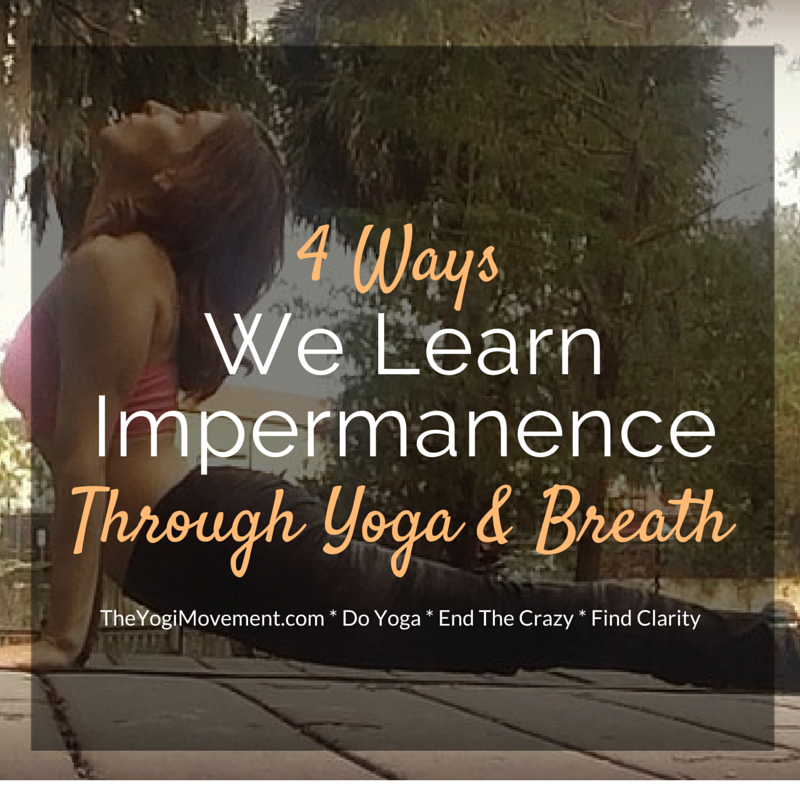I studied art history in college, which is something I rarely reference. I love that I got my degree in art history even though I never really used it. Actually, I used it for a split second when I worked at a museum, but it wasn’t for me.
But seriously, I never really felt certain about any career when deciding on that degree. I just got to a point where I had to choose, and I knew I really loved the art history classes so I went with it. People would say to me, “You should work at a museum or be a curator,” and it never really felt right.
I eventually graduated, and moved on to other things, but there’s one artist that I’ve never stopped following:
Have you heard of Andy Goldsworthy?
He’s an earth artist, so he finds sticks, leaves, rocks, etc, and he creates sculptures from nature. They’re amazing and very detailed. But, what really stuck out to me was that once the environment changed, so did the art.
The slightest wind, chill, or drop of rain changes the whole dynamic of the artwork. The sculpture just changes with the environment. Even when it gets to the point of total destruction, the pieces are still absorbed into the earth, and just a part of something else. Even if the sculpture was burned and dissolved into thin air – it just becomes a part of the air.
Maybe it even becomes a part of you? If you were to breathe in that air, you would be breathing in the sculpture.
From early on, even before I found yoga, I was fascinated by the concept of impermanence and connectedness. Nothing has a beginning or end – it just continues to reincarnate.
When I was in heat of my studies, and immersing myself in the Bhagavad Gita and the Yoga Sutras, I remember thinking that the only thing that separates you and me is our skin. It seems like we’re different people, but we really breathe in and out the same air.
Strip our bodies away, and we’re one.
The foundation of asana practice is vinyasa, which is the linking of breath and movement. In Ashtanga Yoga, we do the same postures every day, and each posture has a specific breath count.
Impermanence is taught through vinyasa when we practice yoga.
Here are a few ways we learn to practice impermanence during our physical yoga practice:
A. Non-attachment: We’re just making shapes. You might be able to do a posture one day, and then not the next. By focusing on just the breath, you will begin to realize that our practice is never the same. Just like how the environment changes the sculptures, everything that we take in our bodies and minds changes our practice from moment to moment.
B. Non reactive: You want to keep the focus on the breath more than the posture. Everything that we’re doing with our bodies and thoughts is impermanent. When you’re focusing on your breath, you might notice a feeling or emotion arise. Rather than reacting – just focus on the breath, and you’ll realize that after a few seconds – you feel something different.
C. Gratefulness: When you’re having a practice where things are flowing, feel great, and you’re body feels light and free – practice gratefulness. You know it doesn’t last forever, so appreciate it while you have it vs. trying to cling to it.
D. Non identification: Your feelings and emotions are neutral. We’ve been born and conditioned to put labels on everything. Feeling sad, angry, frustrated is bad. Feeling happy, loving, and empowered is good.
We’re so inclined to do whatever we can to get rid of the bad emotion, so that we feel good again. That never works.
When you’re feeling something “bad” just be with it. Tell yourself it’s a vibration.
Don’t question it. Don’t focus on it. Don’t fight it.
Just let it radiate through you, and then let it transform into something else. We spend so much time trying to figure out how to always be happy, but the world doesn’t exist without the opposite.
Just like how each element of the sculptures are never really destroyed – neither is your peace, happiness, sadness, or frustration. It all lives together in one beautiful place!
The faster you realize this, you can move through the discomfort with a little more grace every time.
There is no quick fix. You must form the habit to practice daily. It’s only through a daily practice like yoga and meditation that you learn to understand impermanence, and open your mind and heart to the beauty of what the world offers.
What insight did you take from this? Did you realize you were clinging to something that you can now let go? Tell me in the comments!
xo,
Monica


Leave a Reply